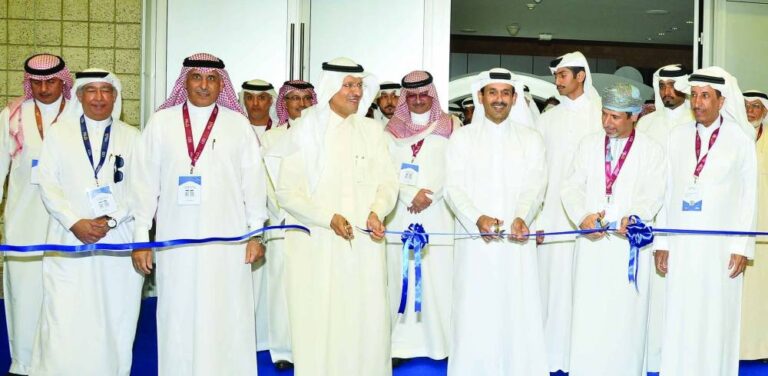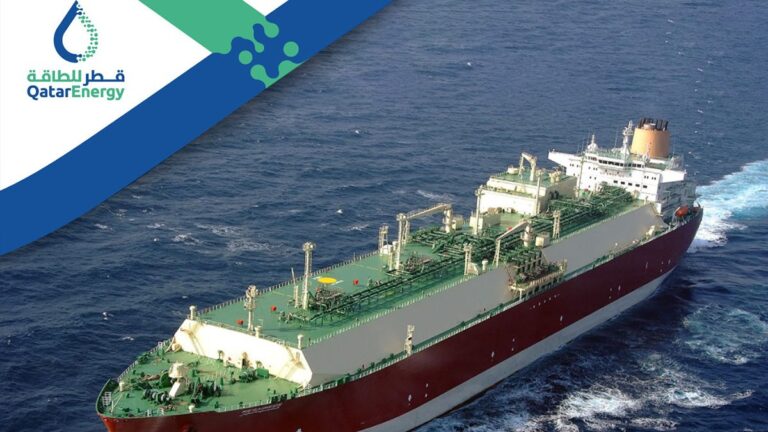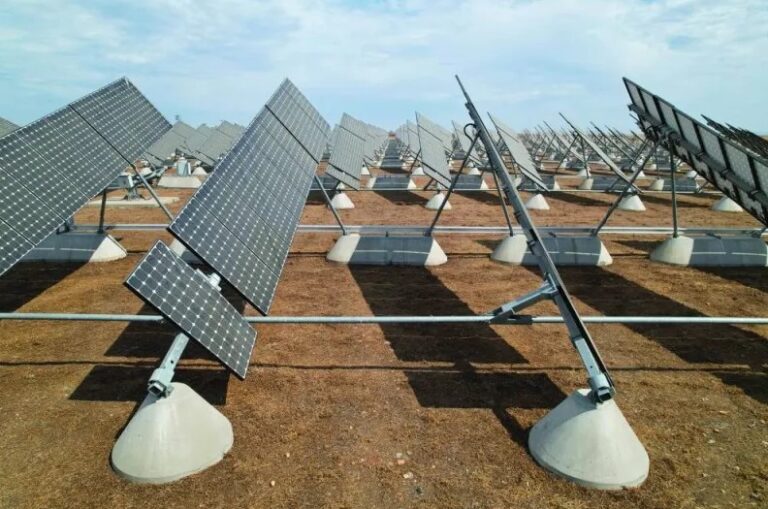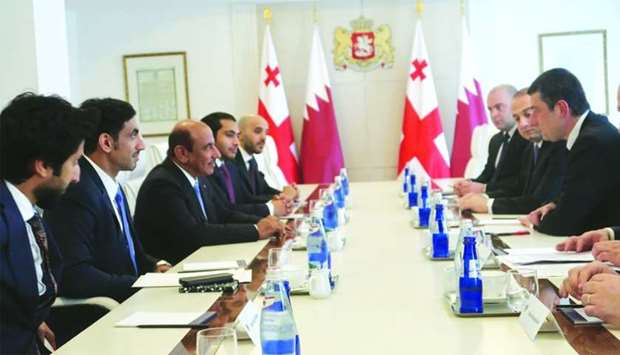The War of the Straits: Impact on the World Energy Market
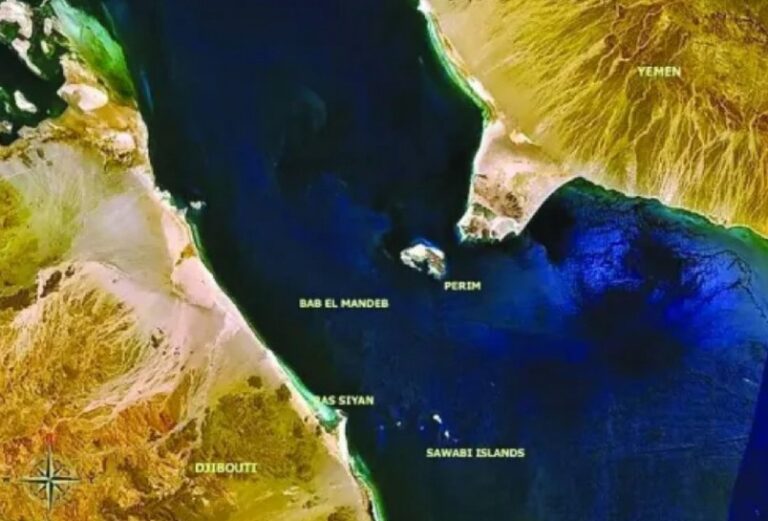
By Roudi Baroudi, TLN Senior Fellow
The recent significant disruptions in shipping through the Strait of Bab el Mandeb, situated between Yemen and Djibouti, underscore the geopolitical fragility of the waterway akin to that of the more widely acknowledged Strait of Hormuz. Among the six globally sensitive passages, including the Bosphorus, the Panama Canal and Malacca, the Middle East region boasts three critical and strategic maritime routes: the Suez Canal, Bab el Mandeb in the south of the Red Sea, and the Strait of Hormuz.
These passages witness the transit of not only crude oil and petroleum products but also liquefied natural gas (LNG). Bab el Mandeb, with its unique characteristic as a transit route for both northbound and southbound traffic, plays a pivotal role. Approximately 12 percent of total seaborne quantities traded to Europe, the U.S. and key Asian markets, including China, India and Singapore, pass through the Bab el Mandeb Strait. Protecting the unimpeded flow of energy trade on a global scale is a vital commitment, essential for maintaining it sustainable, affordable and securing supply to the world.
Reflecting on the 1960s, when the Suez Canal faced disruptions during and after the 1967 war, several nations, notably Saudi Arabia, Kuwait, Qatar, the United Arab Emirates and Bahrain, collectively financed the construction of the SUMED pipeline. This double pipeline, stretching 320 kilometers from the Red Sea to the Mediterranean – passing entirely through Egypt, was instrumental in ensuring a continuous flow of approximately 2.5 million barrels of crude oil to Europe.
Saudi Aramco subsequently erected a dual pipeline from the Abqaiq Oil Field (in the east of the Kingdom) to the Yanbu Industrial Port (in the west), capable of transporting 5 to 7 million barrels per day. This strategic deterrent pipeline was a precautionary measure in case of a complete Strait of Hormuz closure. These initiatives not only protect the free trade of oil and gas but also underscore the significance of securing the unimpeded shipping of hydrocarbon products for reliable and secure energy trade.
In a similar vein, the U.S. has previously faced similar challenges and responded strategically. During the Tankers War, then-President Ronald Reagan initially ordered Kuwaiti tankers to be escorted, eventually extending the protection to all commercial ships navigating in and out of the Strait of Hormuz. This broad security measure included a 24-hour air surveillance conducted by AWACS planes.
Applying lessons learned, similar measures could be implemented in Bab el Mandeb, considering its geographical similarity to the Strait of Hormuz, with both having narrow coast-to-coast widths at specific points. The minimum width of the Strait of Hormuz is 21 nautical miles, while Bab el Mandeb measures around 19 miles.
The significance of energy transit choke points through narrow channels cannot be overstated. As one-half of the world’s crude oil supply relies on maritime transportation, protecting the free flow of oil and gas through maritime shipping routes is crucial for global energy price stability and security.
Dr. Roudi Baroudi, currently serves as CEO of Energy and Environment Holding, an independent consultancy based on Doha, has written extensively on the region, including “Maritime Boundaries in the Mediterranean: The Way Forward”, a 2021 book that called for the very sort of creative diplomacy used to reach the Lebanon-Israel agreement. His latest book – “Climate and Energy in the Mediterranean: What the Blue Economy Means for a Greener Future” (published by the TLN this year and distributed by Eurospan). Baroudi is also a Senior Fellow at the Transatlantic Leadership Network, a Washington, DC-based Think tank. He is a recipient of TLN’s 2023 “Leadership Award” for his ongoing work to promote peace and mutual cooperation in the Eastern Mediterranean.
